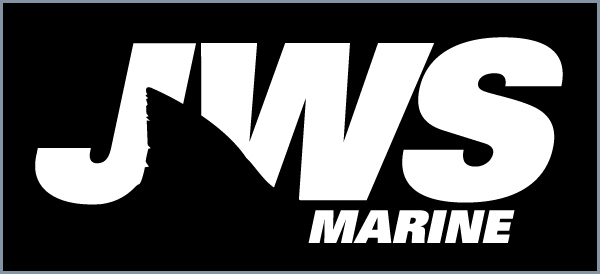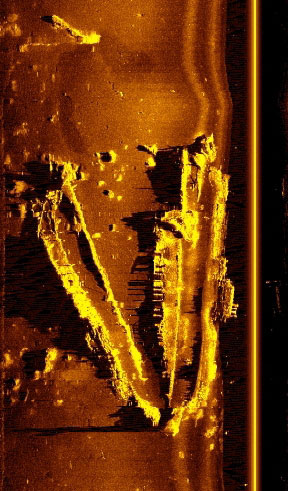This past March, as part of research & exploration sonar work I was doing with Innerspace, we discovered three more shipwrecks in Lake Washington. All three targets are in depths ranging from 190 to 210 feet, and I expect all three targets to be of significant historical value.
Some high level details of the finds:
Target 1: Possible River Patrol type military boat, 45 feet long, 14feet wide, 9-10feet tall. I believe this one could be the Coast Guard picket boat which sank in 1958
Target 2: 50ft long boat, 14-16feet wide, 9ft tall. This boat appears to have sustained heavy stern damage. Cabin still intact.
Target 3: approx 40ft long boat, 8ft tall. Appears to be a fully intact (including boiler and stack) cabin-forward passenger steamer.
I’ll discuss Target # 1 and Target # 3 at a later date, but for this post:
Target # 2
From reports of its sinking (general location), as well it’s dimensions & architecture, I believe Target # 2 is the remains of the SS Success.
The sonar for Target #2 is included below. While the image I include here does not capture the target’s shadow – which often reveals the most about a target – what you can clearly see with this image is that the stern is badly damaged, the wreck has cabin structure and it appears in the sonar that the front of the cabin is somewhat rounded. The wave in the image at the bow is caused by just that: a wave on the surface as we were scanning the target.
We made dives on Target # 2 this past Sunday. She is sitting in 195ft of water, bottom temp was a cool 44 degrees and visibility was surprisingly poor for this time of year. That said, we were still able to get good video of this wreck and we’ll make it available for viewing at 5th Dimension.
As is obvious from the sonar image, a significant portion of the stern has sustained heavy damage. Though from the dive, and later reviewing the video, there is no indication this damage was caused by fire or even collision. Instead it appears the wreck sank stern first and broke apart on impact with the bottom of the lake.
The round nosed pilot house, the stepped cabin roof and the first room behind the pilot house are the remaining undamaged portions of the Success. The space behind the pilot house still contains a bunk – the room likely serving as sleeping quarters for the Pilot and/or crew.

















